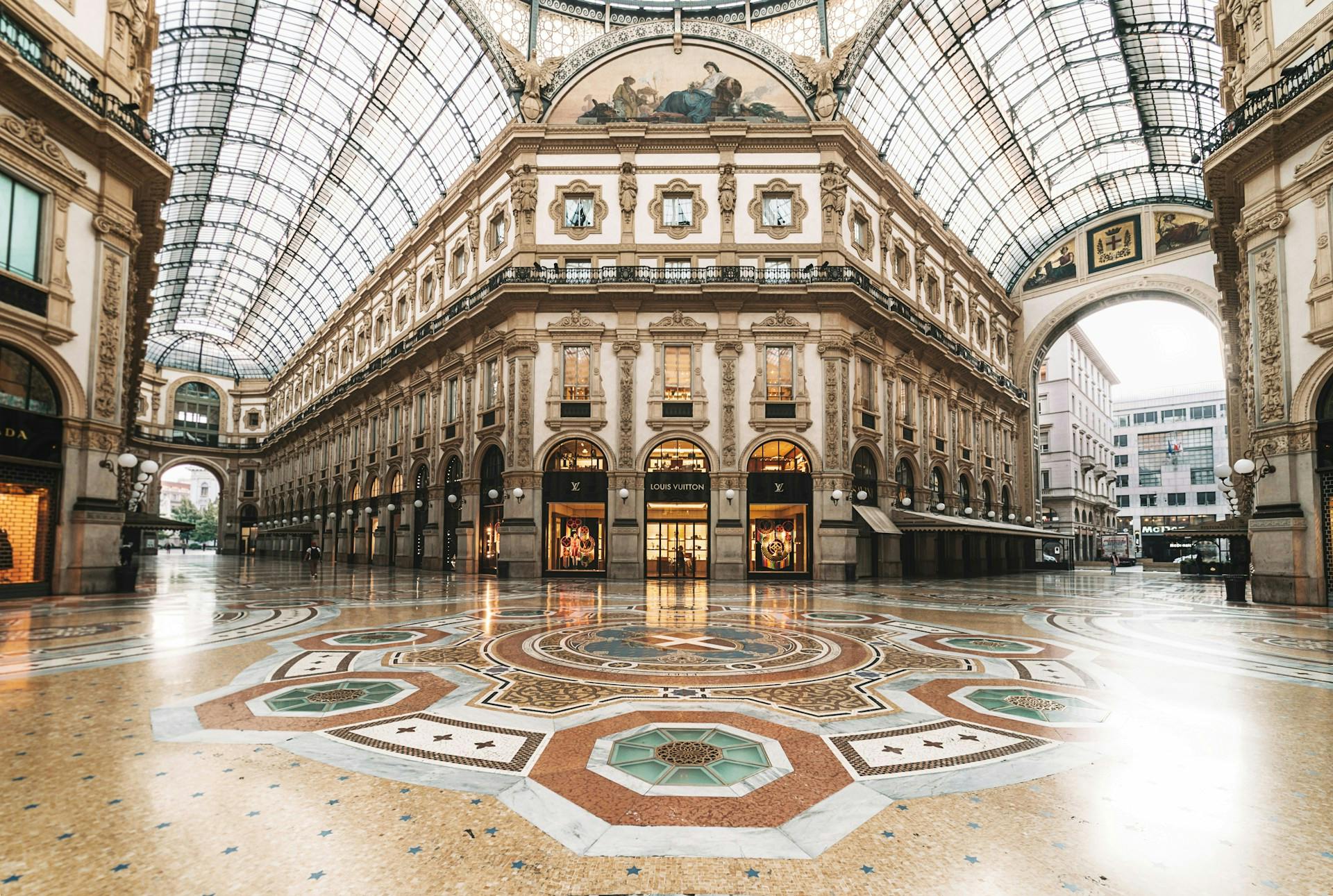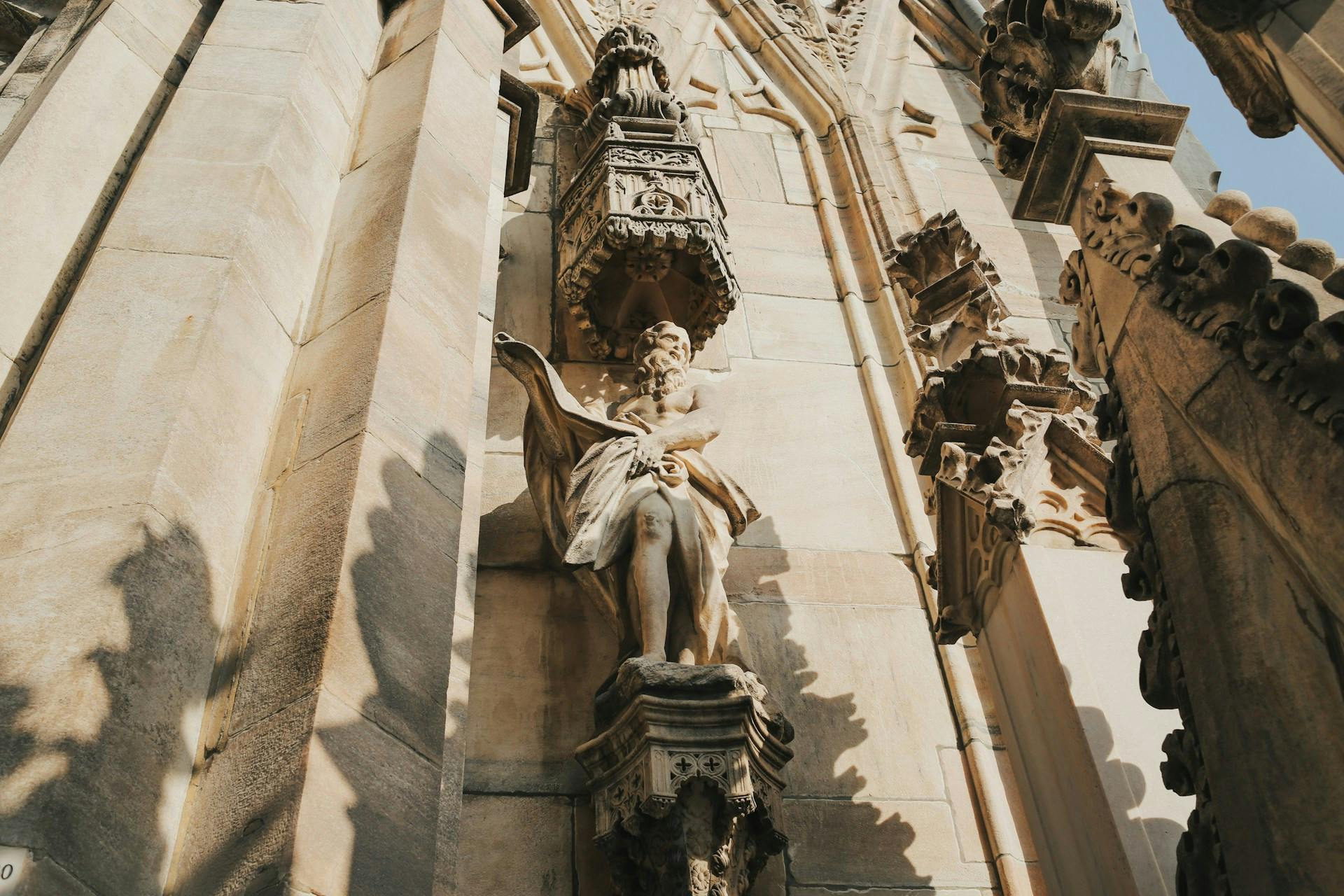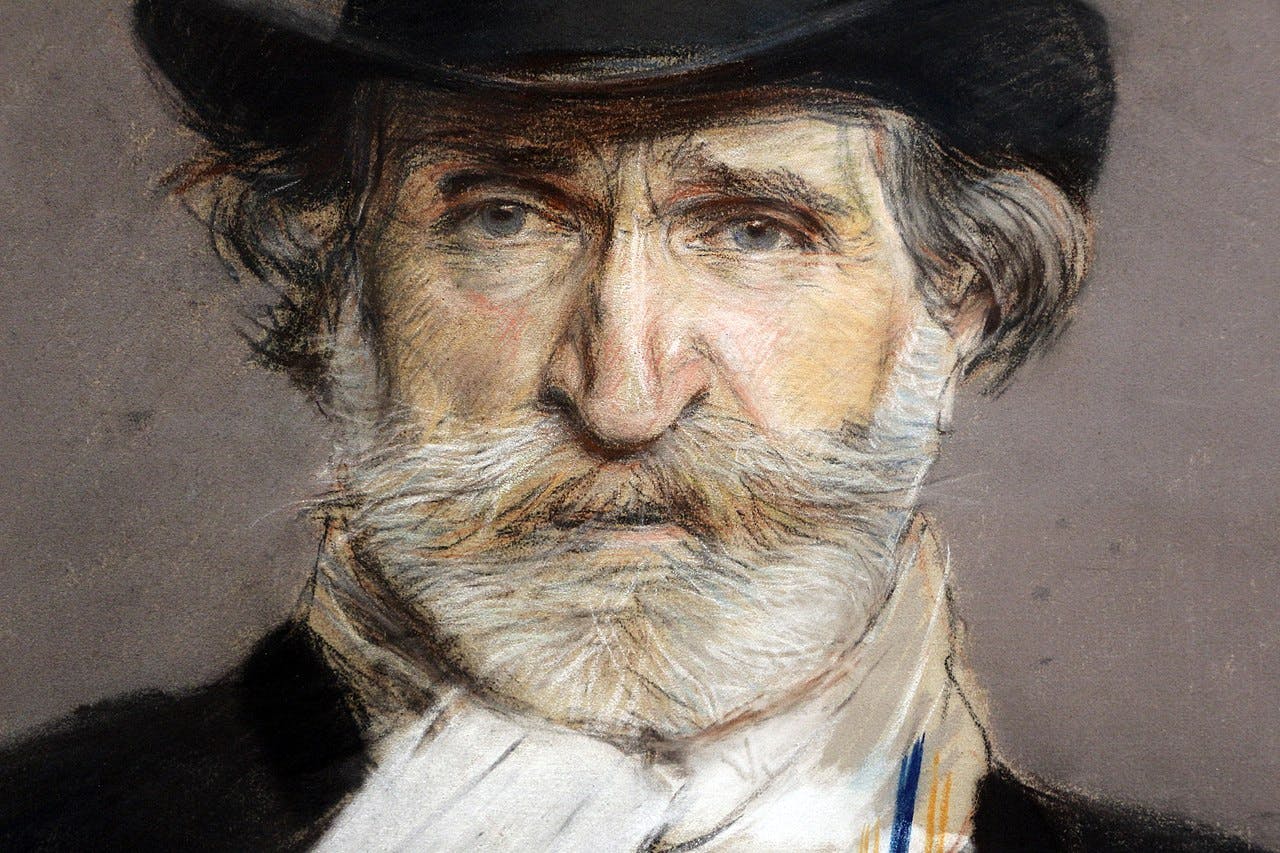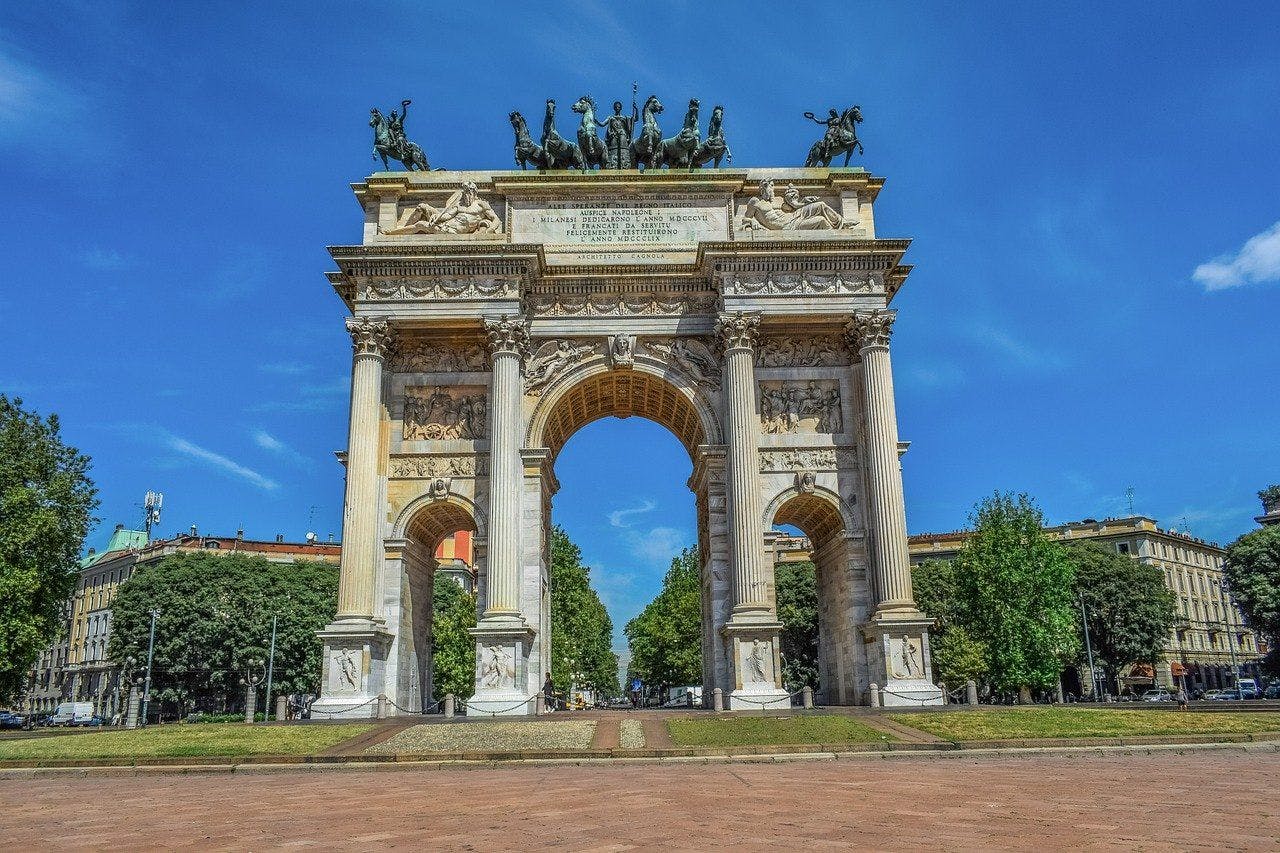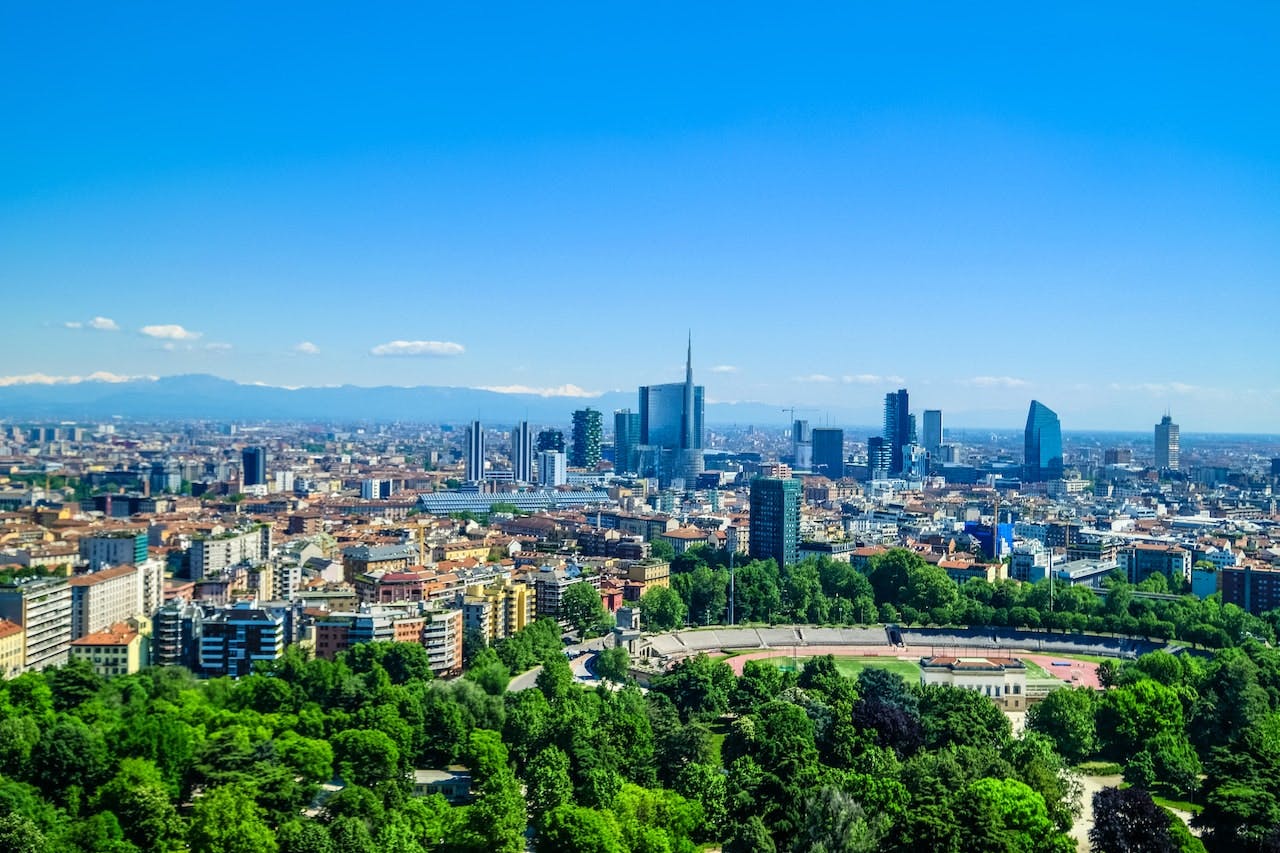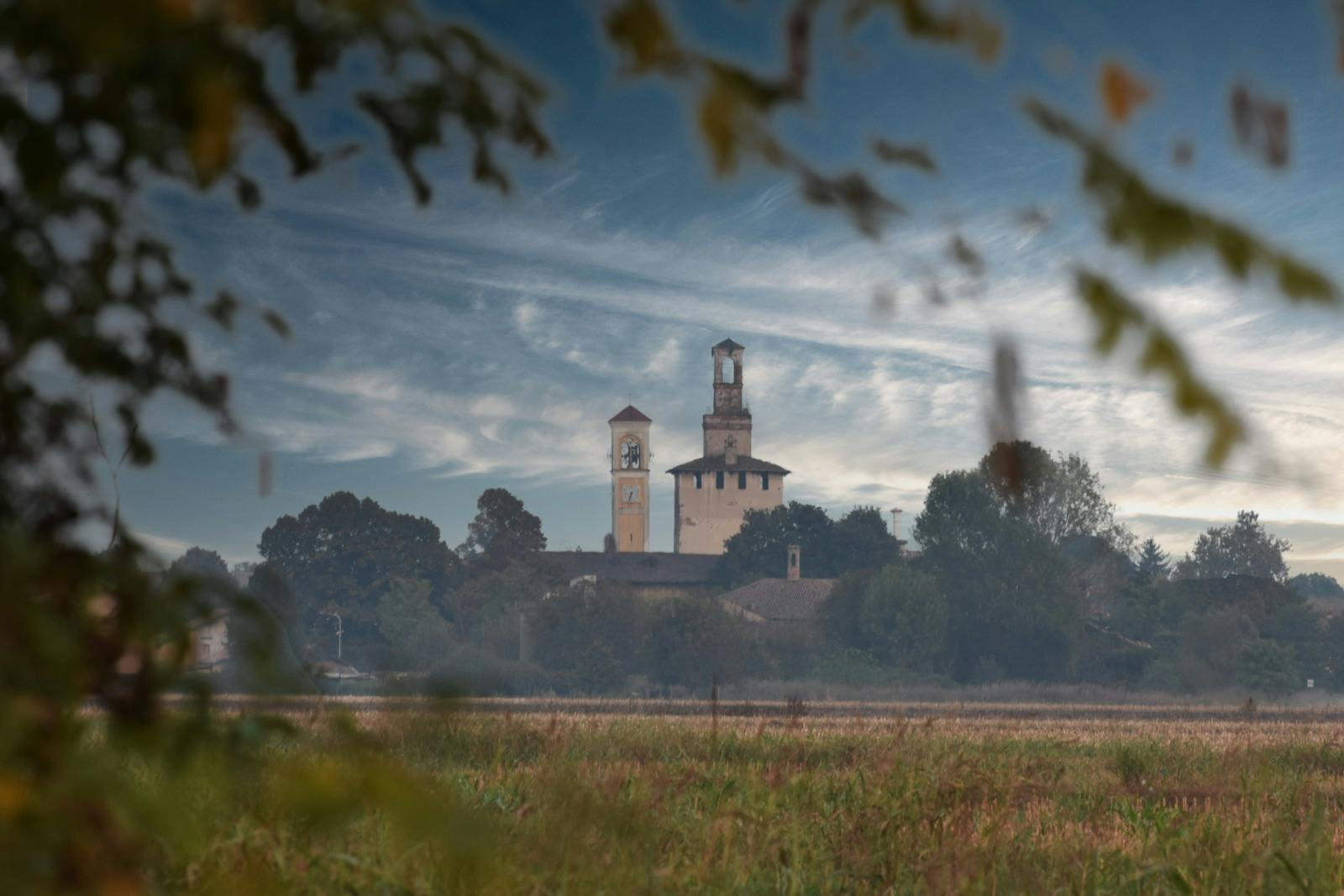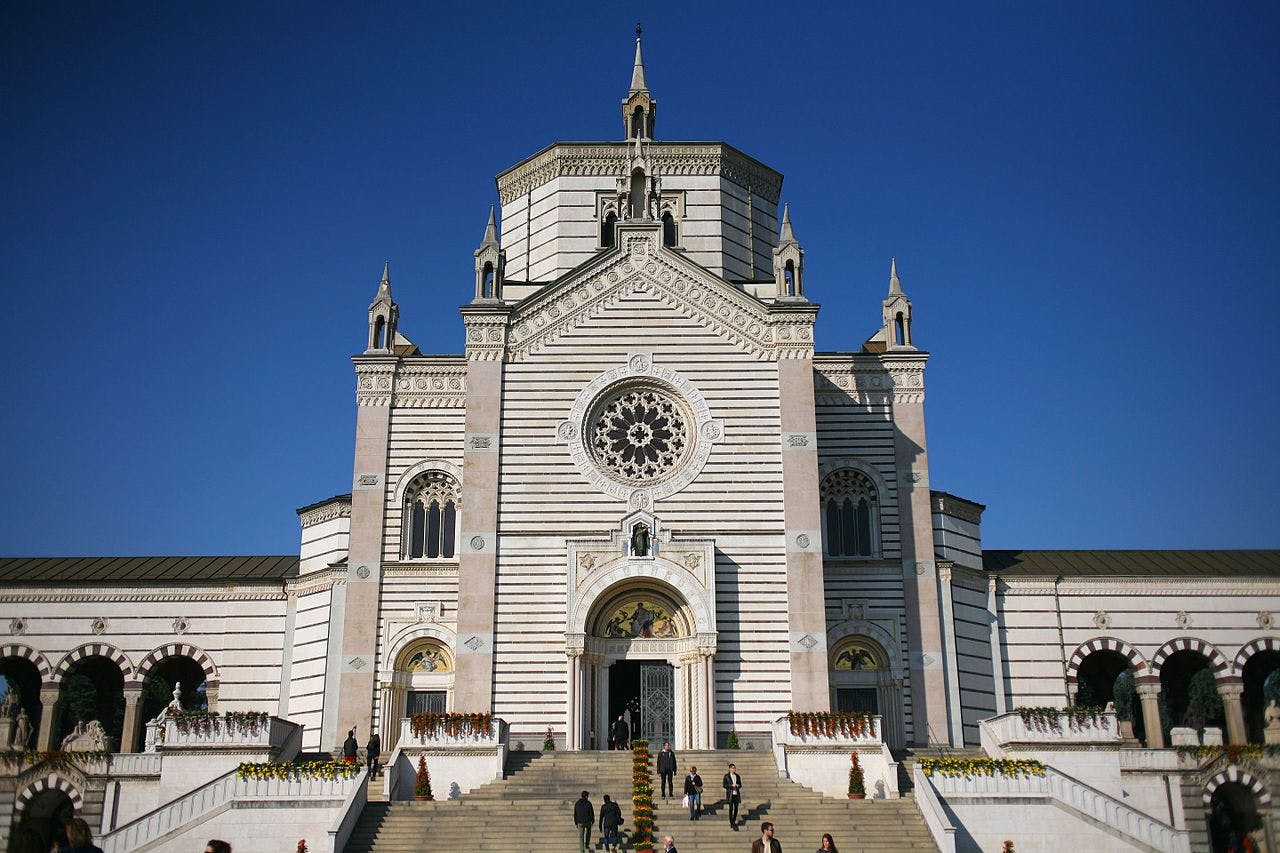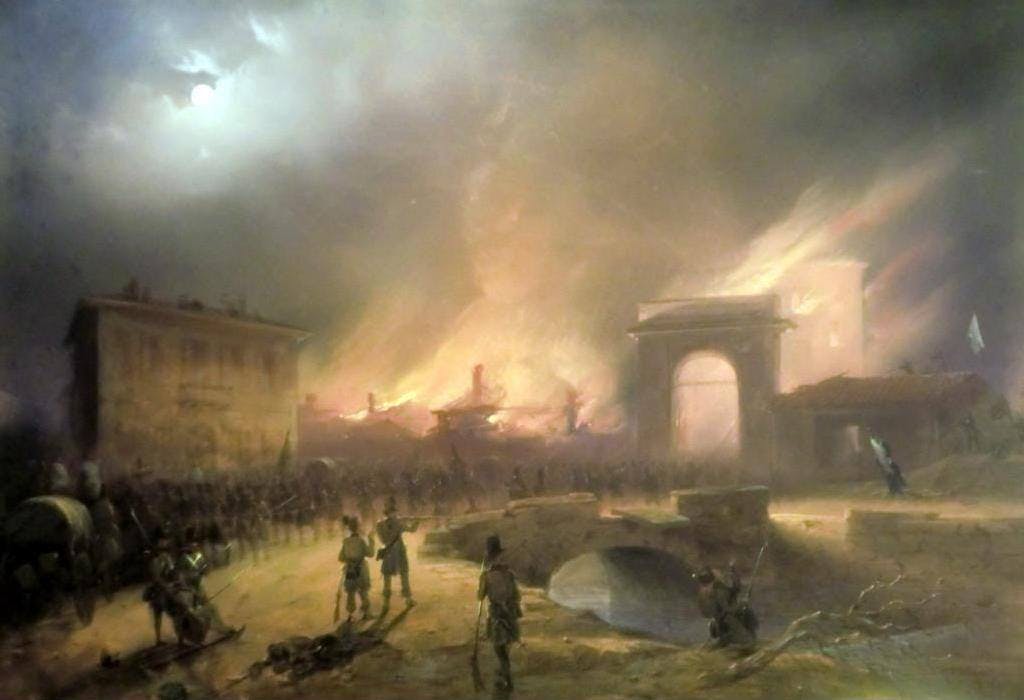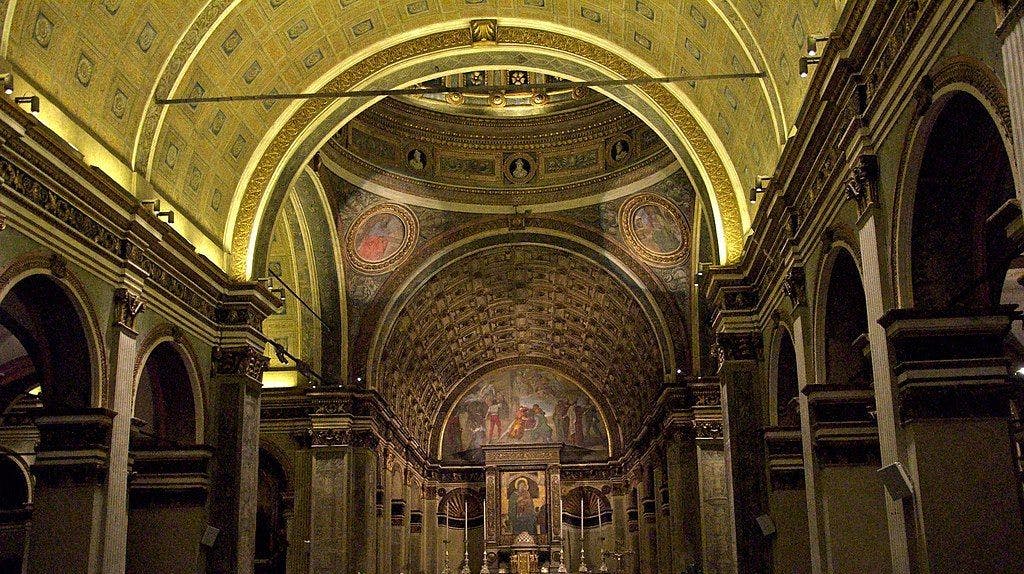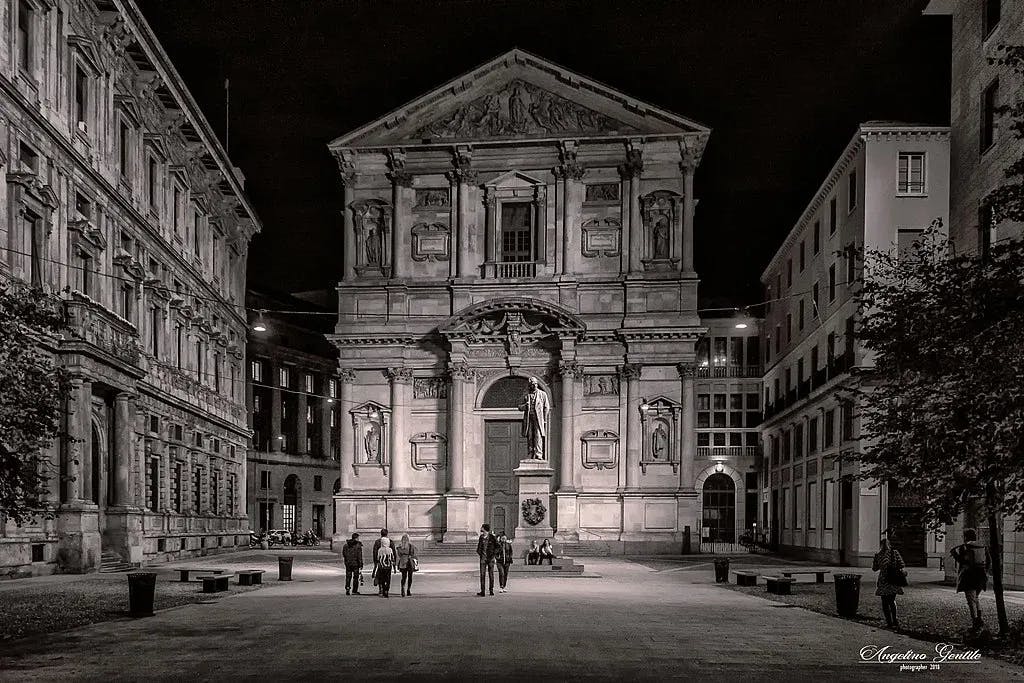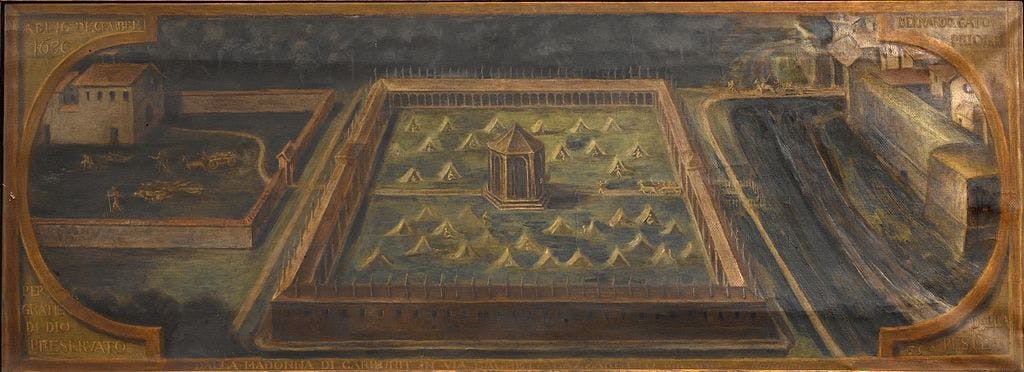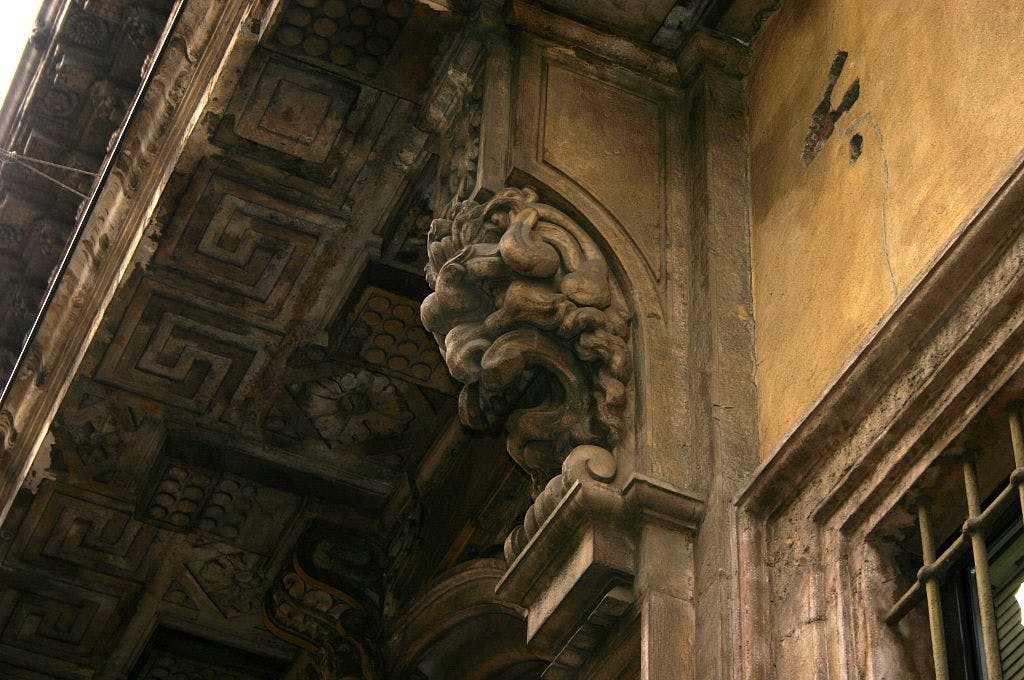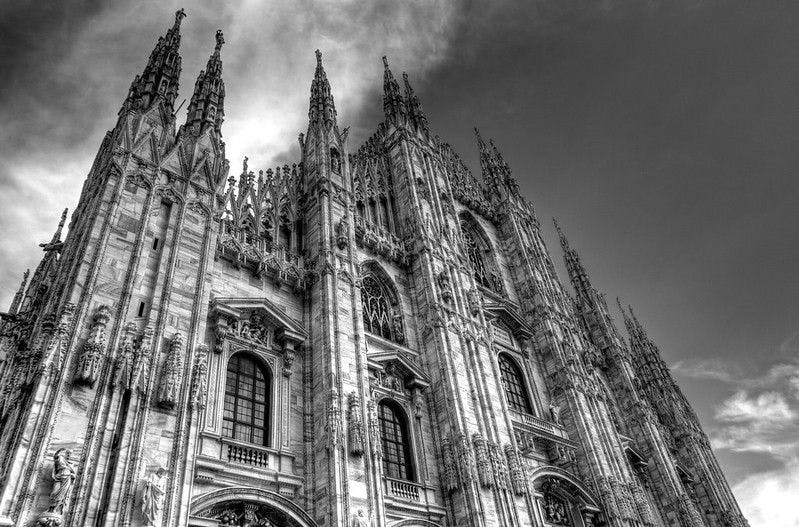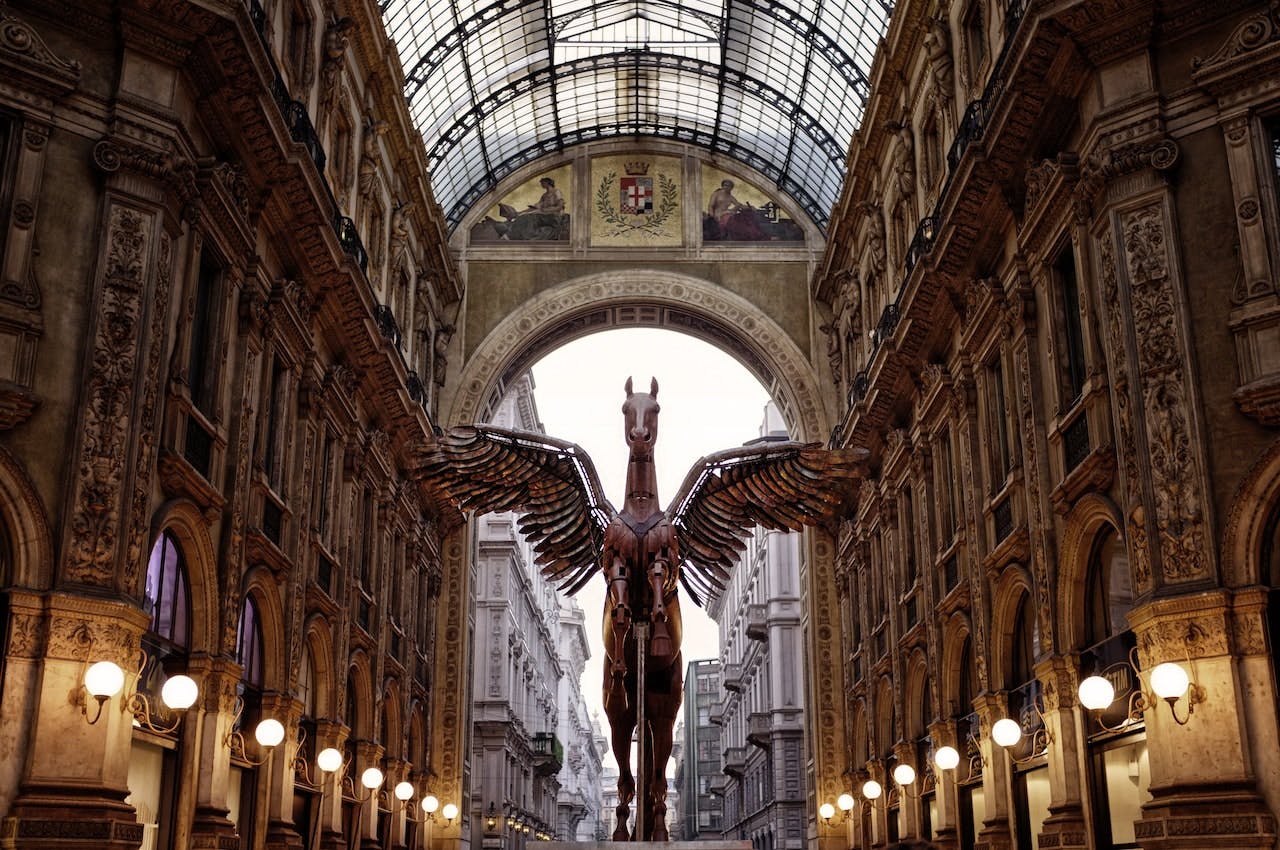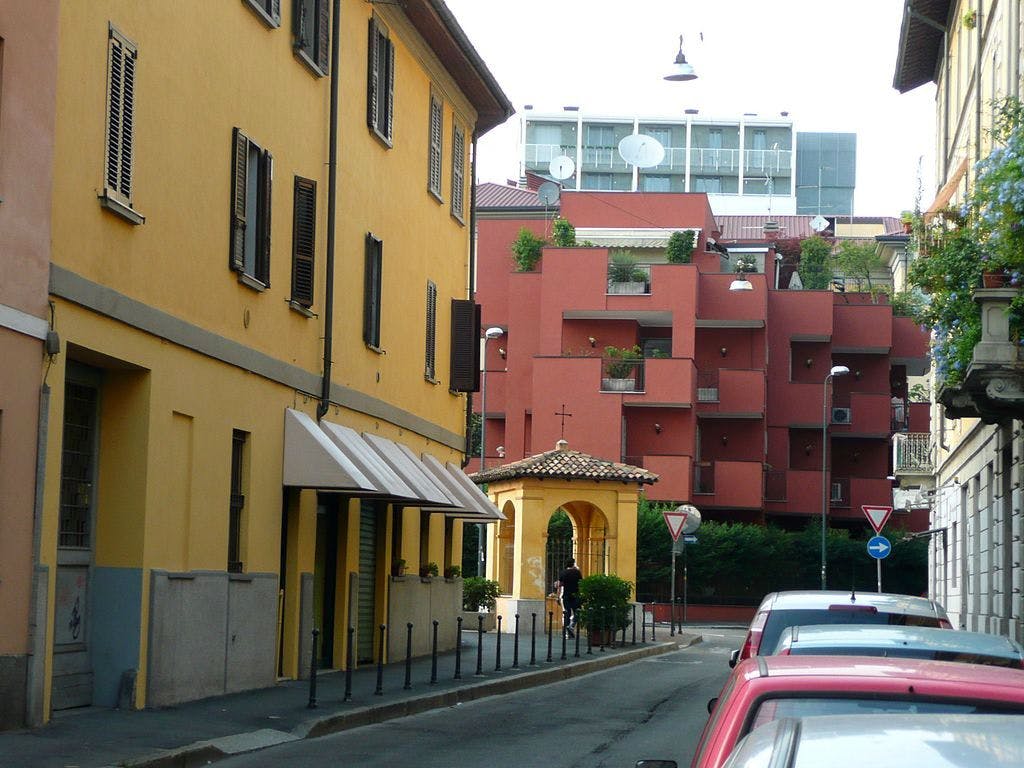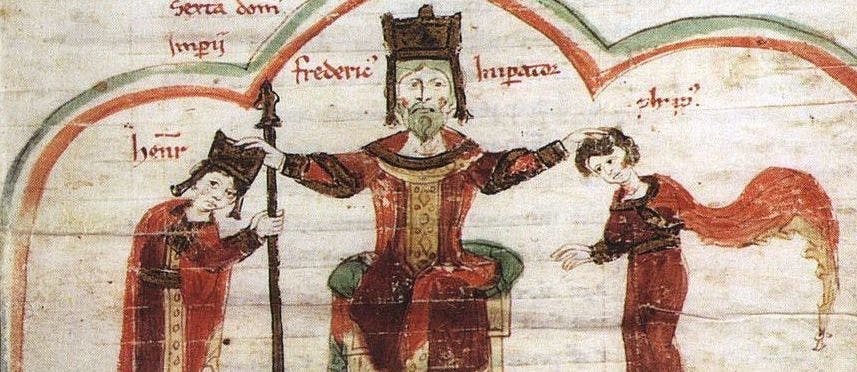Once upon a time, in the 13th century CE, outside the walls of Milan beyond today’s Via Durini and Via Larga, there was a forested area used for cultivation and hunting by the Archbishop and his honoured guests.
In 1145 CE, not far from the Basilica of Santo Stefano Maggiore, a hospital was built at the behest of a Milanese citizen called Gotifredo da Busserò. Near this hospital, a cemetery was later created to handle the hospital’s casualties.
However, as the years went by, the small cemetery became insufficient. Therefore, it was erected a chamber attached to the nearby Basilica of Santo Stefano intended to exhale bones from the cemetery and create more space for burial. The ossuary San Bernardino alle Ossa was thus established and dedicated to the patron St. Bernardine of Siena.
In 1642 CE, the bell tower of the adjacent Basilica of Santo Stefano collapsed and fell on the ossuary. The latter was rebuilt, and over the years, as more pilgrims and believers came to visit such a unique place, the brotherhood of the ossuary, known as the “Disciplini”, commissioned the construction of today’s Church of St Bernardino in 1750.
The “Disciplinati”, or Disciplini, in the late Middle Ages, were laypeople gathered in congregations and confraternities who, concerned for the salvation of their souls, submitted themselves to a life of prayer and penance among which they practised self-flagellation. With this latter custom, they also sought to repeat and experience the same sufferings Christ underwent in his passion. Suffering as such was also represented by macabre paintings or symbols depicting death.
